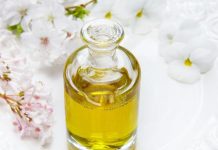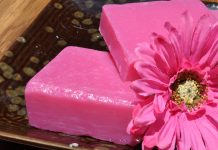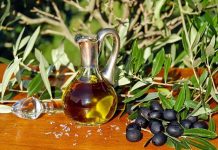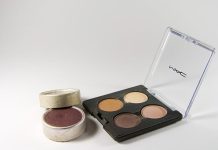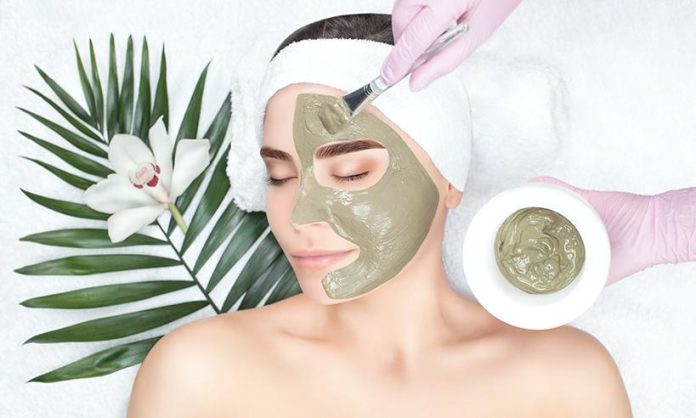As the world outside our window shifts through the vibrant hues of autumn, the crisp chill of winter, the blossoming promise of spring, and the golden warmth of summer, our skin embarks on its own journey of adaptation. Just as we swap out our wardrobes to better suit the changing weather, our skincare routines too require thoughtful transitions to maintain that coveted glow. Welcome to the art of customizing your skincare routine for seasonal changes—a harmonious dance between nature’s rhythms and your skin’s unique needs. In this guide, we’ll explore how to tune into these subtle shifts, ensuring your skin remains radiant and resilient, no matter the season.
Understanding Your Skins Seasonal Needs
Each season brings its own set of environmental challenges, and your skin reacts differently to these changes. During the spring and summer months, increased humidity and exposure to sunlight can lead to excess oil production and potential sun damage. Key adjustments include:
- Switching to a lighter moisturizer to prevent clogged pores.
- Incorporating a broad-spectrum SPF to shield against harmful UV rays.
- Using a gentle exfoliator to remove sweat and dead skin cells.
Conversely, the fall and winter seasons often bring colder, drier air, which can strip your skin of its natural moisture. To combat this, consider:
- Opting for a heavier, more hydrating moisturizer to lock in moisture.
- Adding a humidifier to your living space to maintain air moisture levels.
- Using creamy cleansers that don’t strip away natural oils.

Selecting the Right Ingredients for Every Season
As the seasons change, so does your skin’s needs. To keep your complexion glowing all year round, it’s essential to choose the right ingredients that cater to the specific demands of each season. Here’s a breakdown to help you navigate the skincare aisle with confidence:
- Spring: Opt for lightweight, hydrating ingredients like hyaluronic acid and aloe vera to replenish moisture and soothe any irritation from the fluctuating temperatures.
- Summer: Focus on protection and oil control. Ingredients such as zinc oxide for sun protection and niacinamide for controlling excess oil production are key.
- Autumn: Transition into richer, more nourishing ingredients like vitamin E and argan oil to repair any sun damage and prepare your skin for the colder months.
- Winter: Embrace deeply moisturizing and barrier-repairing ingredients such as shea butter and ceramides to combat dryness and protect against harsh weather.

Adapting Your Skincare Routine to Temperature Fluctuations
Temperature changes can wreak havoc on your skin, necessitating thoughtful adjustments to your skincare routine. During colder months, switch to a heavier moisturizer to combat dryness and protect the skin barrier. Look for ingredients like hyaluronic acid, ceramides, and glycerin, which help retain moisture.
- Cold Weather Tips:
- Incorporate a hydrating serum.
- Opt for a cream-based cleanser.
- Use a rich night cream.
- Warm Weather Tips:
- Switch to a lightweight, gel-based moisturizer.
- Include an antioxidant serum to combat sun damage.
- Don’t forget broad-spectrum SPF.
In warmer months, your skin may produce more oil, so opt for lighter formulations that won’t clog pores. Adjust your routine with products that offer hydration without heaviness, and always remember to apply sunscreen, even on cloudy days.
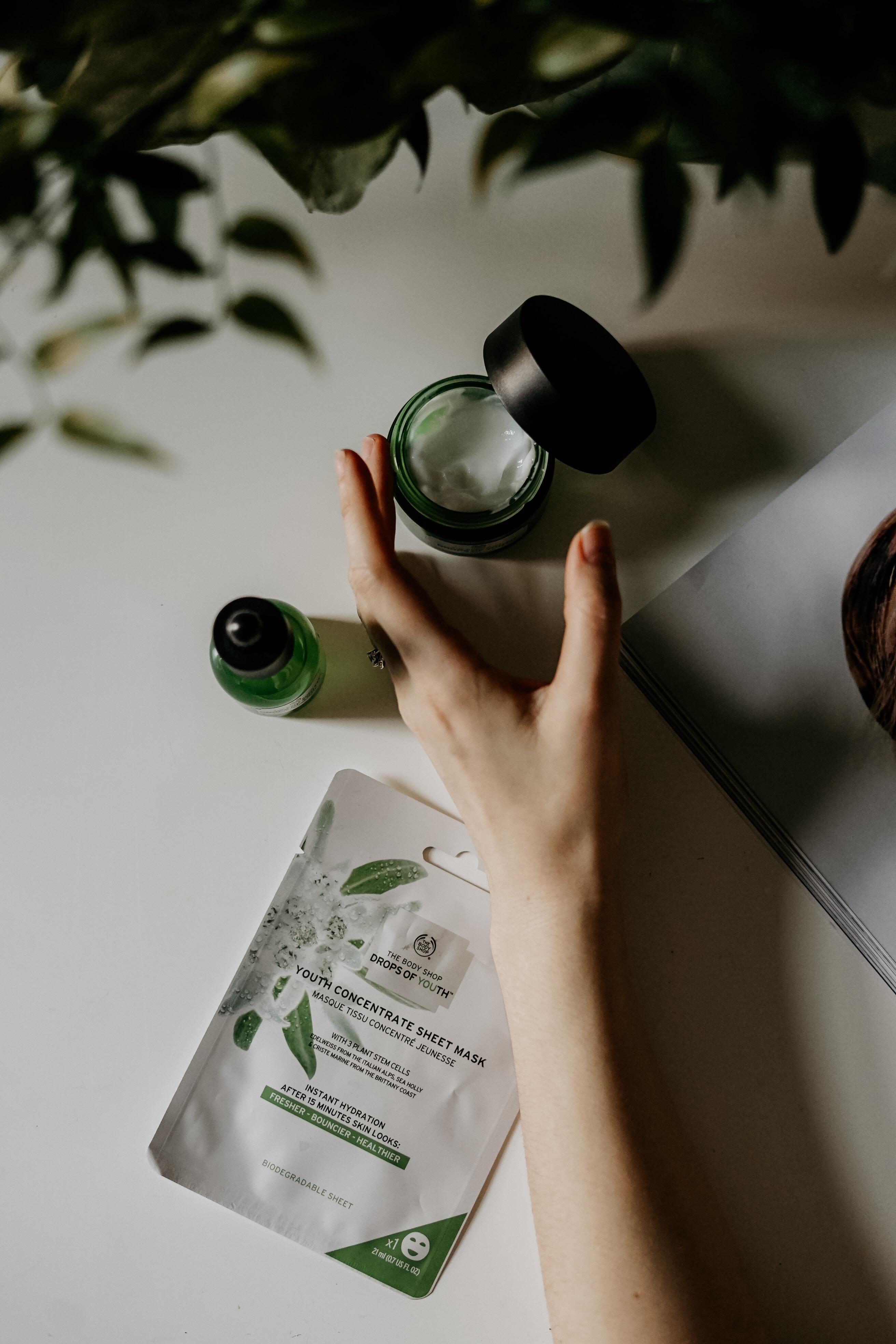
Essential Tips for Hydration and Protection Year-Round
Maintaining optimal hydration and protection is crucial no matter the season. Your skin’s needs fluctuate with changes in weather, so it’s essential to tailor your routine accordingly. Here are some key tips to keep your skin happy and healthy all year long:
- Hydrate from Within: Ensure you drink plenty of water daily, as internal hydration reflects on your skin.
- Seasonal Moisturizers: Switch to a heavier cream in winter to combat dryness and a lighter lotion in summer to prevent clogged pores.
- Layer Wisely: Use serums and essences that cater to your skin’s specific seasonal needs, such as hyaluronic acid in winter and antioxidants in summer.
- SPF is a Must: Never skip sunscreen. Opt for broad-spectrum SPF 30 or higher, even on cloudy days or during winter.


















